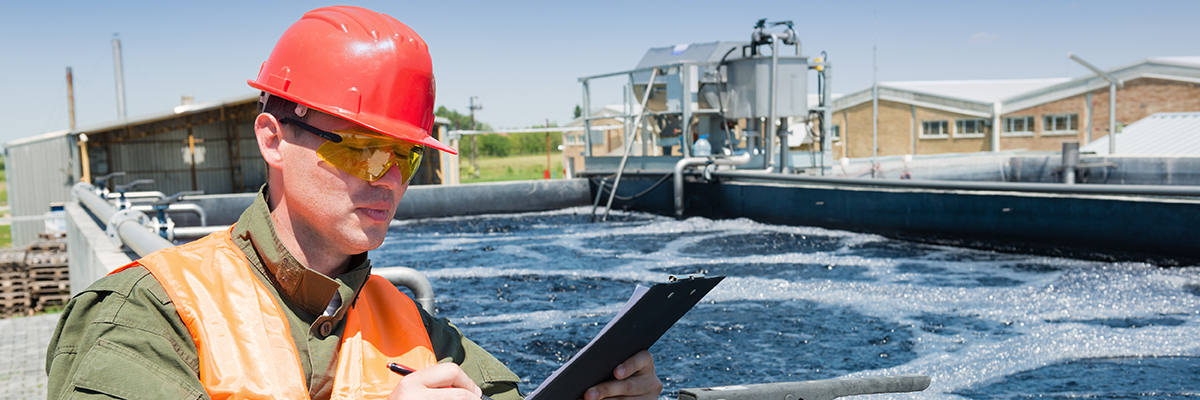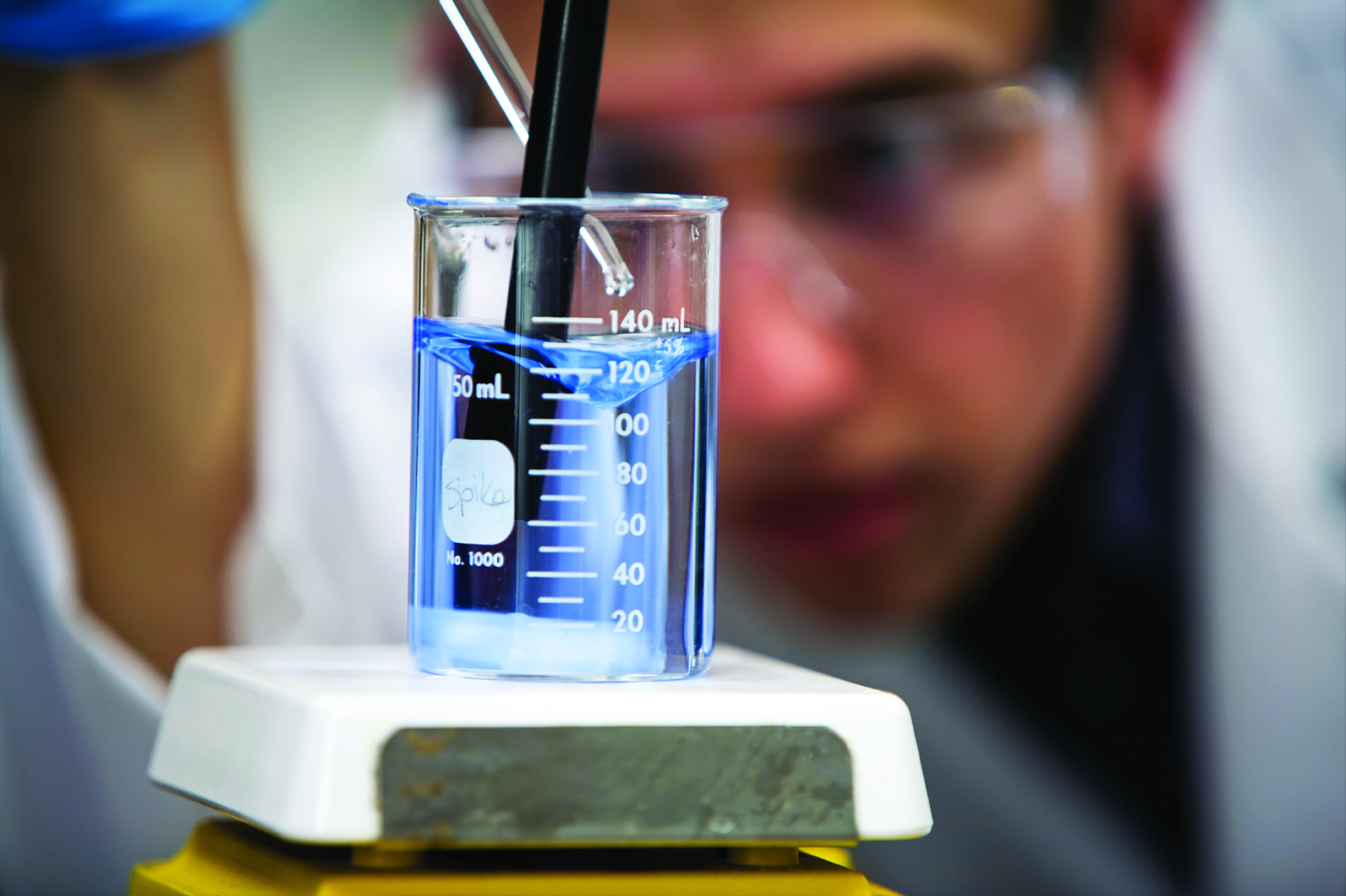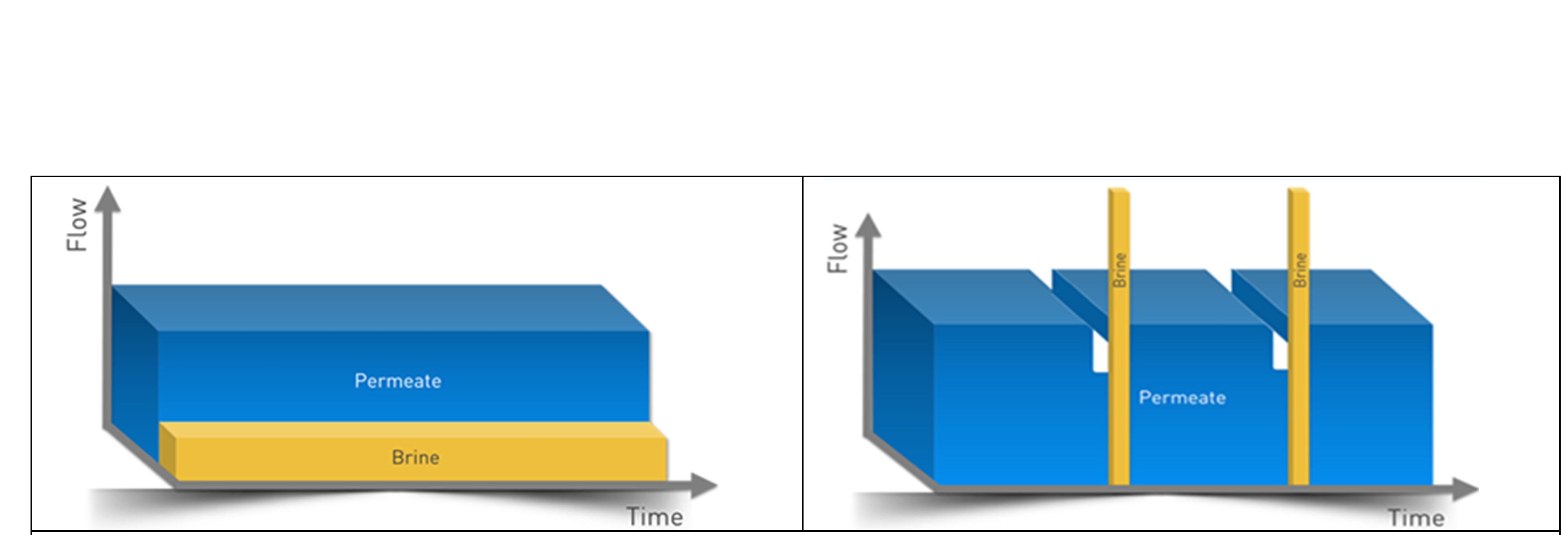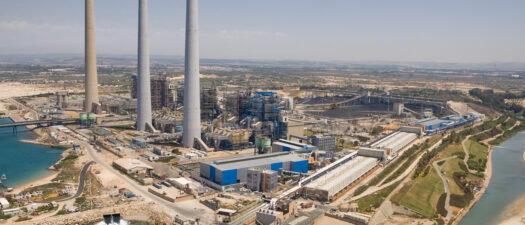As the demand for freshwater intensifies globally, desalination has become an essential technology for addressing water scarcity. However, the disposal of brine,.
How to Cut Your Industrial Wastewater Treatment Costs

There is no industry that will deny wanting to reduce its industrial wastewater treatment costs if asked, but most need a driving force to actually make the changes. There are three main forces driving industries to search for new water treatment approaches and/or technologies – the cost and availability of water, the cost of effluent disposal, and the need to comply with ever stricter environmental regulations governing the discharge of industrial effluents.
These factors have made it critical for industries to implement technologies to reduce the amount of fresh water withdrawn from natural sources and effluent discharged to the environment, and reduce the operational cost of water treatment while complying with regulations. There is a growing need to maximize effluent treatment recovery and reuse of water in the industrial facility while minimizing disposal costs.
In this post, we take a closer look at some innovative technologies developed by IDE Water Technologies to address these very issues, and how these overcome the issues faced by conventional RO and other technologies when treating industrial wastewater.
What challenges do industries face today?
One of the greatest challenges facing the water industry is addressing the brine or industrial effluents that are byproducts of core processes in industrial facilities. These effluents are typically characterized by challenging water chemistry, which limits the ability to reach high recoveries due to the risk of scaling and fouling.
While seawater chemistry is well known, and can be treated to a certain extent within the mechanical limitations of the membrane, treating industrial effluents presents a new set of challenges. Industrial effluent generally contains high levels of suspended and dissolved impurities that must be addressed prior to discharge of said effluent.
While membrane technology is also limited by the osmotic pressure limit, when using membranes for industrial water treatment, the limiting factor of water chemistry becomes a challenge way before the osmotic pressure is reached.
Most solutions attempt to tackle the membrane limitation when treating industrial effluents, but addressing the water chemistry is an entirely different kettle of fish, and often overlooked!
 “When looking at industrial effluent, water chemistry is a completely different challenge. This type of water might contain everything. This can and does affect the ability to provide clean water, and requires the right expertise to effectively achieve this”.
“When looking at industrial effluent, water chemistry is a completely different challenge. This type of water might contain everything. This can and does affect the ability to provide clean water, and requires the right expertise to effectively achieve this”.
Tomer Efrat, Director, Business Development & Product Management at IDE Water Technologies.
<< Watch our “Solving the Power Industry Water Challenges” on-demand webinar >>
Common practice today
Reverse Osmosis membranes are subject to fouling and biofouling by dissolved and suspended substances that are present in industrial effluents. Therefore, good pretreatment is a prerequisite for the efficient, long-term operation of any membrane treatment system, as well as for better plant efficiency and increased membrane life. Many solutions adopt the age-old adage (with poetic liberty) – cleaner in, cleaner out.
This is indeed an option for a partial solution – robust pretreatment results in higher quality water entering the industrial wastewater treatment membrane system. But, and there is a “but”! This is an expensive option for high recovery applications, especially if the pretreatment is used to remove dissolved solids!
For example – if your effluent stream has high alkaline content, you can dose acid to the stream, which converts the alkaline to CO2 that can be removed from the water. Yes, you will reduce the alkalinity. And here’s our “but” again! But, you will need to address the requirements for a hazardous substance, and facilities to transport, store and handle the acid and, of course, – bear the cost of this.
You can use lime treatment for salts with high scaling potential, but the process creates a sludge byproduct that will then have to be further treated before disposal. You will need additional equipment to treat the sludge, large vessels, centrifuges – all resulting in higher Capex and Opex, not considering the lime system itself, as well as more complex operation. Further, the costs of sludge disposal are typically very high, and often unsustainable.
Are there alternatives? Yes, there are. IDE Water Technologies has developed two innovative technologies for treating industrial wastewater – MaxH2O Desalter and MaxH2O PFRO, and they come with an additional bonus! Both systems keep the membranes clean, resulting in less frequent need for CIP procedures, which of course, means less downtime and higher plant availability. The financial advantage of this is clear!
Contact One of Our Experts for More Information >>
The IDE alternatives
Firstly, we understand your need to reduce costs. However, we also maintain that cost is not the only consideration. You need the right solution to meet the challenges you face – whether these are only water chemistry, organic fouling, biofouling, scaling or sparingly soluble salts. The solution is not a one fits all! There are two alternatives:
- Precipitating the sparingly soluble salts as part of the process, BUT outside of the membranes – MaxH2O Desalter
- Using an innovative RO system that discharges the stream in pulse mode rather than at a constant flow rate, not allowing sufficient time for the formation of salt crystals (induction time).
Let’s take a closer look at these options.
Precipitating the Sparingly Soluble Salts – MaxH2O Desalter
The MAXH2O Desalter is a state-of-the-art RO solution that includes an integrated salt precipitation cycle for high recovery applications. The MAXH2O Desalter process allows pushing the RO water treatment ability to its limit while overcoming the challenging limitation of membrane scaling and fouling – all this while achieving the industry’s highest recovery rates.
The IDE MaxH20 Desalter moves the salt precipitation outside of the membrane process, thus significantly reducing scaling potential on the membranes, and provides a solution for complex industrial wastewater and brackish water facilities that need to operate at high recovery. The IDE MaxH20 Desalter system successfully overcomes challenges such as scaling, and organic and biofouling.

MaxH2O Desalter at a Glance
The water to be treated is recirculated through the RO system at a high shear velocity, while the sparingly soluble salts are continuously precipitated in the crystallactor, located after the membranes. The high shear velocity significantly reduces salt concentration polarization on the surface of the RO membrane. The salt precipitation unit removes sparingly soluble salts from the water, reducing the saturation of sparingly soluble salts in the recirculated brine and allowing continuous cycles through the RO system until the maximum brine osmotic pressure is reached.
The membrane remains clean and can operate up to its osmotic limit. As the precipitated crystals grow in size, they sink to the bottom of the crystallactor. Without stopping operations, the unit is periodically emptied out from the bottom and topped up with new media from above. The emptied pellets, with high solids content, are easily disposed of to landfills or other approved sites.
Pulse Flow RO (PFRO)
Contrary to the standard multistage RO structure, Pulse Flow RO technology (PFRO) discharges the brine flow periodically, in a pulse flow process – a small volume of brine flow is discharged at high velocity for a short time.

PFRO at a Glance
It is well known that salt precipitation is not immediate – it is a process over time, known as the induction time. This is the time required for the crystal to reach the size and shape at which it precipitates. The length of induction time is determined by thermodynamics and can take several minutes.
Our patented Pulse Flow RO (PFRO) technology works by discharging the brine in periodic pulses of short duration, thus not allowing sufficient time for the salts to precipitate. A flow of wastewater is pushed through the RO membrane in timed pulses, after which the membrane is flushed and cleaned. This process is then repeated.
This is an innovative method for operating reverse osmosis water reuse systems that allows high recovery and high flux, at competitive operation costs.
“PFRO has been successfully implemented in multiple global facilities and has proven a ground-breaking, environmentally-friendly water reuse technology that allows significant savings in both capital and operational expenses”. Dr. Boris Liberman, VP, CO IDE Water Technologies.
Considerations
So, let’s bear in mind that although reducing costs is the topic of this post, it is nevertheless important to consider the solutions that will both reduce your costs and be the most suitable for overcoming the challenges that face you. If your challenge is biofouling, PFRO followed by flushing of the membrane with a cleaning agent is probably the solution for you. But if it’s scaling you’re dealing with, the desalter and crystallactor combination is the way to go.
Although there are Capex expenses related to both these technologies, they are not necessarily any higher, and possibly even lower, than other solutions such as robust pretreatment, which only addresses some of the challenges. Your long-term Opex are, however, considerably lower, and your overall operation is less complex and more headache-free.
The most cost-effective approach to a high recovery solution is to implement a holistic solution that addresses the overall need with a comprehensive, integrated, end-to-end approach. This includes the implementation of innovative, state-of-the-art technologies while considering safety and regulatory requirements, the implications of water chemistry, the mechanical limitations of the membrane, and maximum plant availability.
Contact us now for a less costly future
With more than 50 years of experience under its belt, IDE Water Technologies fully understands both the chemistry and treatment of wastewater. Our tailored industrial wastewater treatment solutions have been implemented worldwide, and some have been operating for decades. Our solutions help many industries including mining, power, petrochem, chemicals, data centers, microelectronics, semiconductors, and refineries, tackle and overcome their wastewater treatment challenges. Contact us today to reduce tomorrow’s costs.
<< Read more about our comprehensive solutions for industrial water treatment >>

















